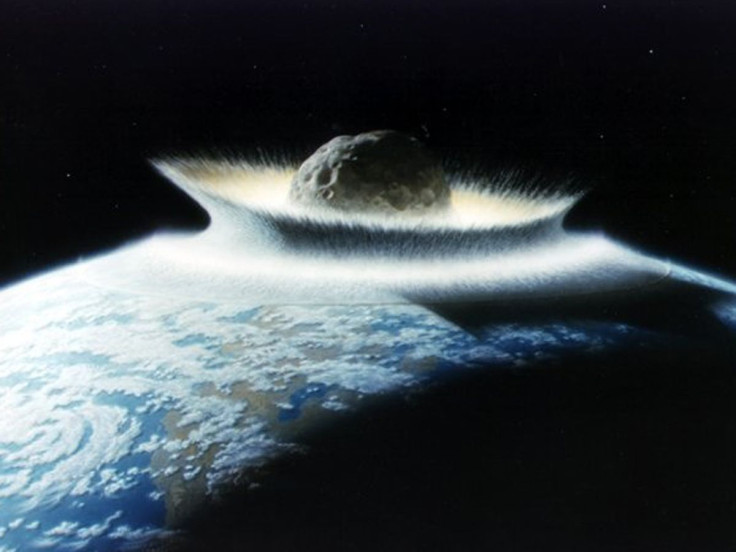NASA Asteroid Warning: Giant Asteroid Almost Crashed On Earth Over The Weekend

A near-earth object in a form of asteroid almost hit Earth, coming close to the planet’s direction surface at 43,450 kph (27,000 mph) on April 28.
“As they orbit the Sun, Near-Earth Objects can occasionally approach close to Earth,” NASA explained.
An asteroid named by NASA as 2019 HS2 barreled through space at 27,000 mph, as revealed by the NASA’s asteroid tracker at the California-based Jet Propulsion Laboratory.
HS2 swung at an overwhelmingly close encounter to Earth’s surface on Sunday morning. The asteroid is comparable to the size of three London double-decker buses in a row.
“The celestial body zipped past the Earth on an ‘Earth Close Approach’ trajectory, coming closest to Earth at around 2:30 AM GMT on Saturday, but thankfully not in dangerous proximity to our planet,” a report from SpaceDaily.com read.
Asteroid HS2 is a near-earth object (NEO) that approached Earth at a rough distance of about 0.01310 astronomical units (au). NEOs are objects that orbit the Sun at a distance of fewer than 194.5 million kilometers (120.8 million miles).
The European Space Agency further classifies NEOs into near-earth asteroids (NEAs) and near-earth comets (NECs). The one reported yesterday is a form of NEA as it crisscrosses the Earth’s orbit at a rough distance of 0.01310 astronomical units (au). This means HS2 made it as close to our planet as 1.2 million miles (1.96 million kilometers), which is comparable to five times the distance of the Earth to the Moon.
“Note that a ‘close’ passage astronomically can be very far away in human terms: millions or even tens of millions of kilometers,” NASA explained.
This means that although asteroid HS2 did approach the planet, that “close” distance is an astronomical term that is considerably a far away distance in human terms – millions or even tens of millions of kilometers.
However, the asteroid is near enough for NASA and other space agencies to observe its trajectory as it swung past the Earth’s surface. Sometimes, these NEAs and NECs reach the Earth and strike the planet’s surface, and such events may cause property damage from time to time.
“Up to a diameter of about 10m – 33ft – most stony meteoroids are destroyed in the atmosphere in thermal explosions,” NASA added. “Obviously some fragments do reach the ground because we have stony meteorites in our museums.”
© Copyright IBTimes 2024. All rights reserved.





















